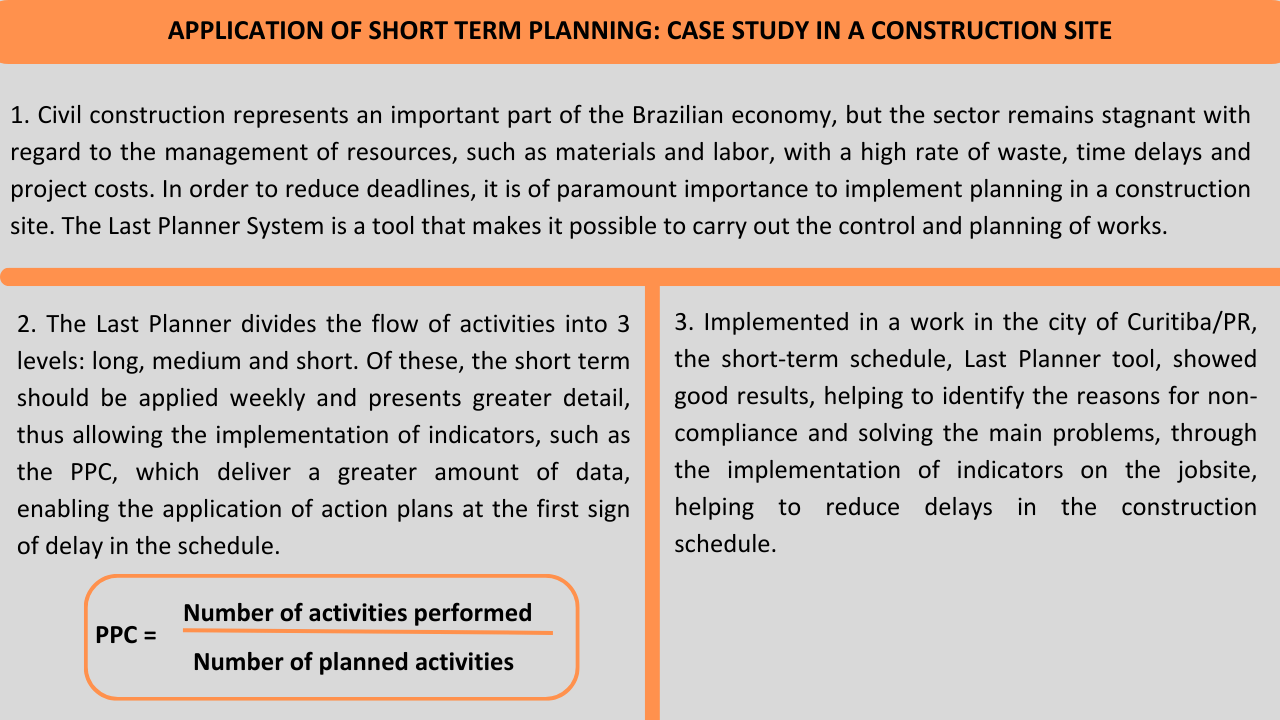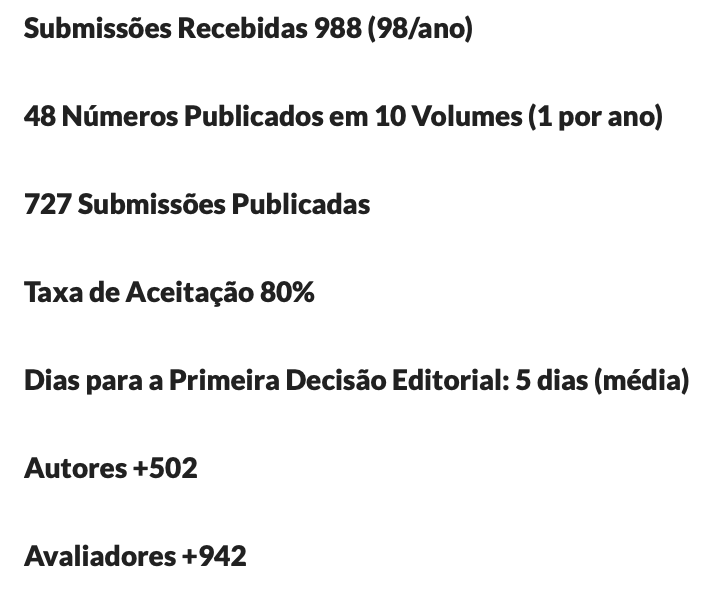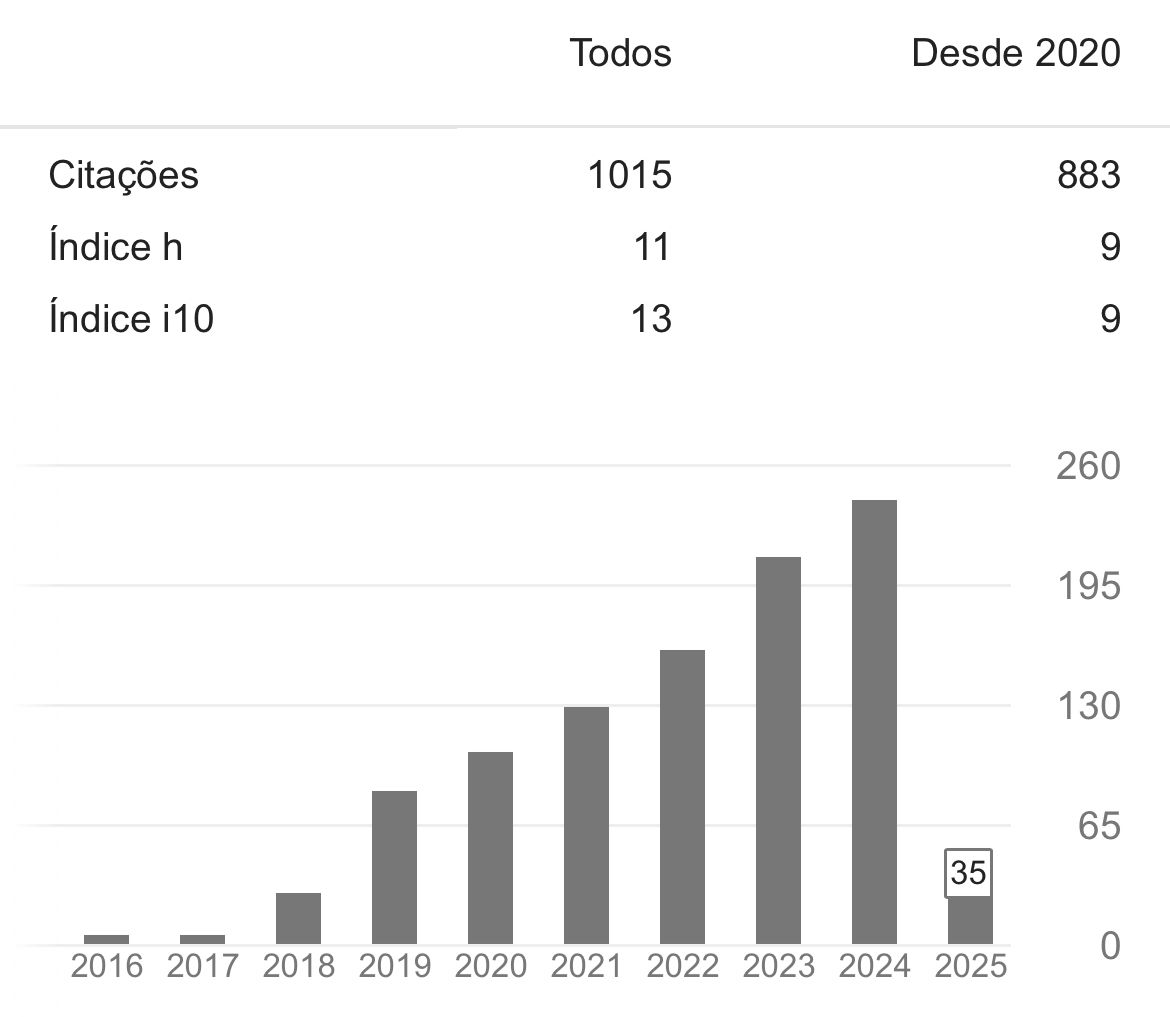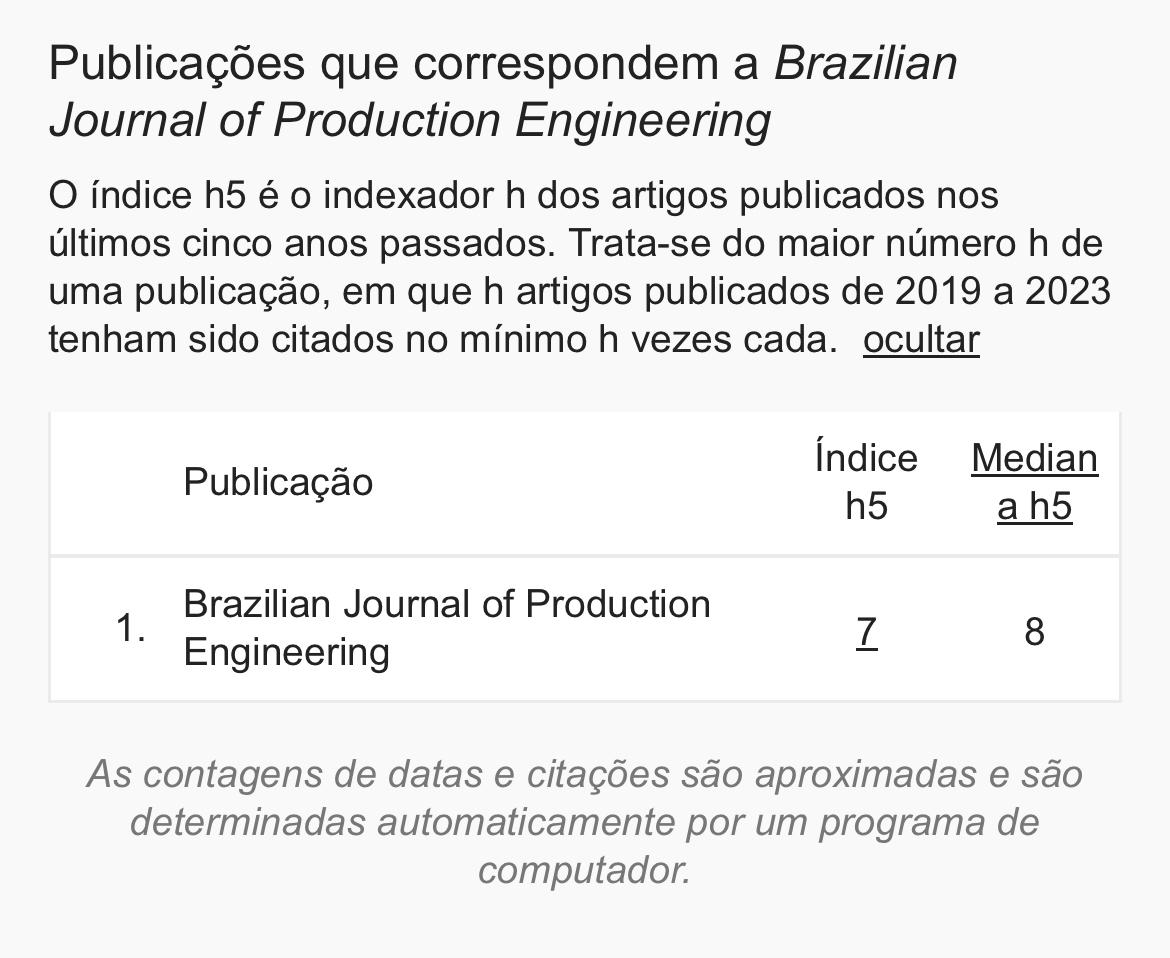Application of short-term planning: case study in a construction site
DOI:
https://doi.org/10.47456/bjpe.v9i4.41981Keywords:
Planning, short term, TimelineAbstract
According to the Brazilian Institute of Geography and Statistics (IBGE) statistics from 2021, civil construction represents an important fraction of the Brazilian economy. Although on the rise, the sector remained stagnant with regard to the management of resources, such as labor and materials, making the rate of waste, delays and cost of projects very high. Focusing on this issue, this research was carried out at a construction site in 2022, with the general objective of determining the relationship between short-term planning indicators and improvements in performance and productivity at the construction site. To obtain data, it was selected a construction site in the city of Curitiba that applies Last Planner tools, which encompasses short-term planning. In the work analyzed, a weekly diagnosis of the physical progress in relation to the plan was made, through the application and evaluation of indicators. By means of the indicators it was possible to verify that the enterprise presented delay in the completion of the planned activities, which was caused by the lack of commitment of the workforce. Thus, it could be concluded that the application of the short term contributes to obtaining information that helps the progress of the schedule of construction.
Downloads
References
Ballard, H. G. (1994). The Last Planner. Northern California Construction Institute Monterey, CA. Lean Institute. Recuperado de https://leanconstruction.org.uk/wp-content/uploads/2018/09/LastPlanner.pdf
Ballard, H. G. & Howell, G., (1997). Implementing Lean Construction: Stabilizing Work Flow. In ALÁRCON, L. (ed.) Lean Construction. Rotterdam: A. A. Balkema, 111-125. Recuperado de https://citeseerx.ist.psu.edu/viewdoc/download;jsessionid=CBE90FC424538D4740BEF536CED929D0?doi=10.1.1.467.5282&rep=rep1&type=pdf
Ballard, H. G. & Howell, G., (1998). Shielding Production: na essential step in production control. Reston. EUA. Journal of Construction Engineering in Management. Recuperado de https://www.researchgate.net/publication/238626514_Shielding_Production_An_Essential_Step_in_Production_Control DOI: https://doi.org/10.1061/(ASCE)0733-9364(1998)124:1(11)
Ballard, H. G. (2000). The Last Planner System of Production Control. (Tese de Doutorado). The University of Birmingham. Birmingham, UK. Recuperado de https://etheses.bham.ac.uk/id/eprint/4789/1/Ballard00PhD.pdf
Chiavenato, I. (2010). Administração nos Novos Tempos. 2a ed. Rio De Janeiro. Elsevier.
Formoso, C. T. & Saurin, T. A. (2006). Planejamento de canteiros de obra e gestão de processos. Porto Alegre. Programa de Tecnologia de Habitação. Recomendações Técnicas Habitare. Recuperado de http://www.habitare.org.br/publicacoes_recomendacao_vol3.aspx
Koskela, L. (1992). Application of the new production philosophy to construction. Technical Report No. 72. Center for Integrated Facility Enginnering Department of Civil Engineering Stanford University. Recuperado de https://stacks.stanford.edu/file/druid:kh328xt3298/TR072.pdf
Koskela, L. (2004). Making Do: the eight category for waste. Annual Conference on Lean Construction. Helsinor, Dinamarca. Recuperado de https://iglcstorage.blob.core.windows.net/papers/attachment-1c44f438-33a5-4d8f-84d3-ae7fab7ed164.pdf
Laufer, A. & Tucker, R. L. (1987). Is construction project planning really doing its jobs? A critical examination os focus, role and process. Constructions Management and Economics, 5(3), 243-266. http://dx.doi. org/10.1080/01446198700000023 DOI: https://doi.org/10.1080/01446198700000023
Liker, J. K. (2002). O modelo Toyota: 14 princípios de gestão do maior fabricante do mundo. 1ª ed. Porto Alegre: Bookman.
Lustosa, L., Mesquita, M. A., Oliveira, R., & Quelhas, O., (2008). Planejamento e controle da produção. Rio de Janeiro. Elsevier. Recuperado de https://edisciplinas.usp.br/pluginfile.php/6662415/mod_resource/content/1/Planejamento%20e%20controle%20da%20Produ%C3%A7%C3%A3o_Lustosa.pdf
Mattos, A. D. (2010). Planejamento e controle de obras. 1a ed. São Paulo: Pini.
Pires, D. L. (2014). Aplicação de técnicas de controle e planejamento em edificações (Monografia de especialização). Universidade Federal de Minas Gerais, Belo Horizonte, MG, Brasil. Recuperado de https://repositorio.ufmg.br/handle/1843/VRNS-9TNNNW
Prado, R. L. (2002). Aplicação e acompanhamento da programação de obras em edifícios de múltiplos pavimentos utilizando a técnica de linha de balanço. (Dissertação de mestrado). Universidade Federal de Santa Catarina, Programa de Pós-Graduação em Engenharia Civil. Recuperado de https://repositorio.ufsc.br/xmlui/handle/123456789/82966
Schultz, A. L. (2016). Integrating lean visual management in facilities management systems. School of the Built Environment College of Science and Technology University of Salford, Salford, UK
Rocha, F. E. M. (2004). Logística e Lógica na Construção Lean. 1ª ed. Fortaleza: Copyright.

Downloads
Published
How to Cite
Issue
Section
License
Copyright (c) 2023 Brazilian Journal of Production Engineering

This work is licensed under a Creative Commons Attribution-NonCommercial-ShareAlike 4.0 International License.

















































































